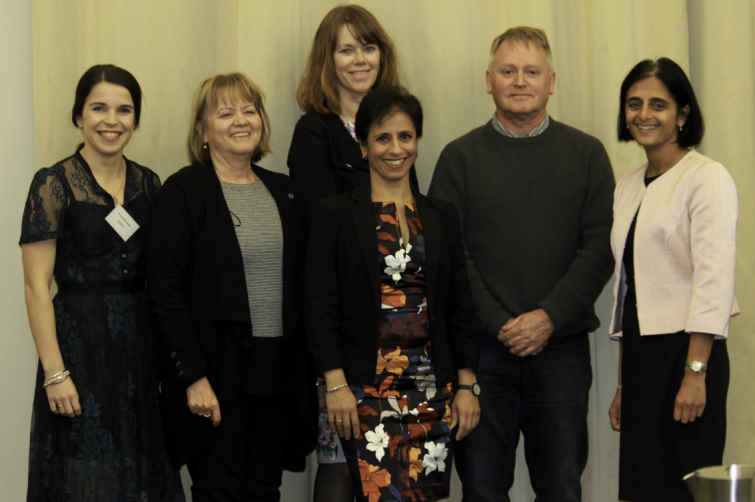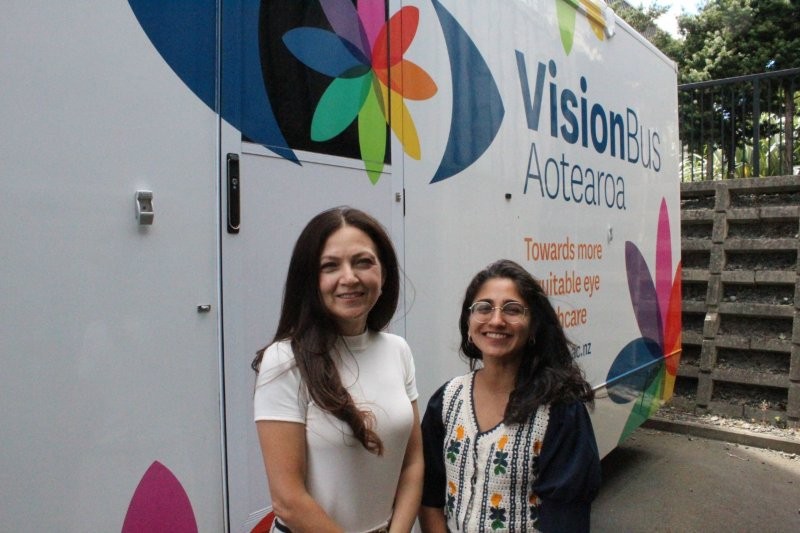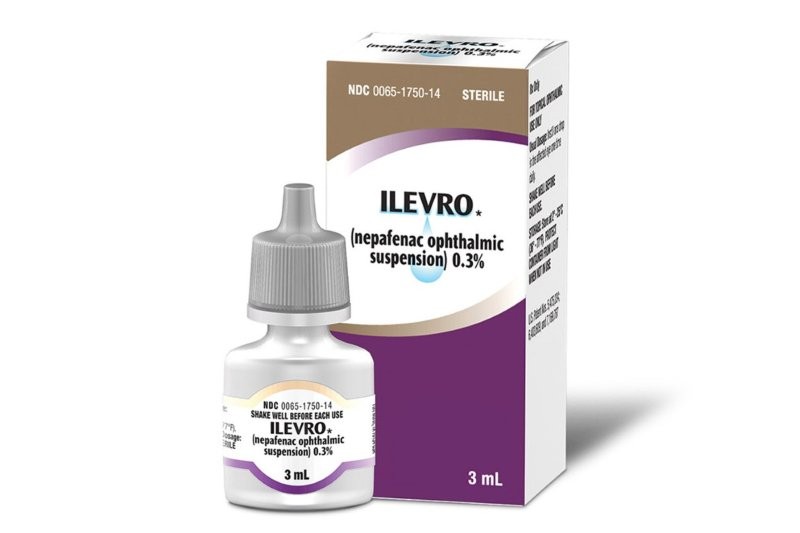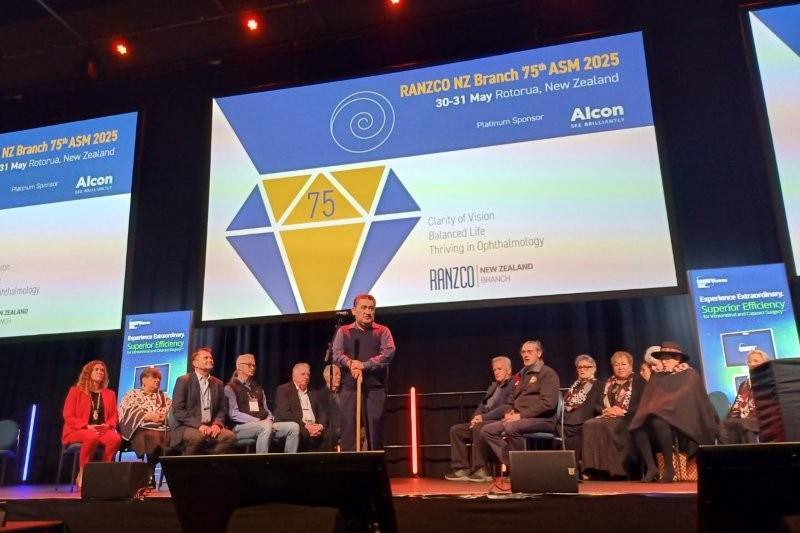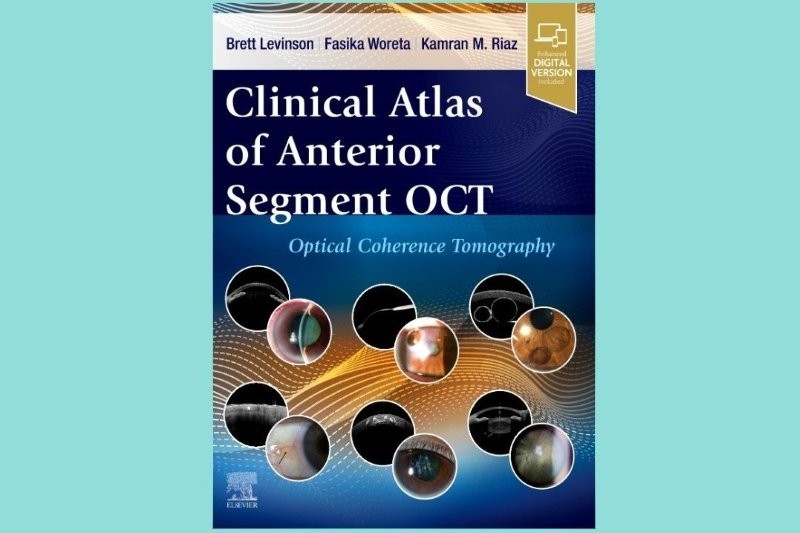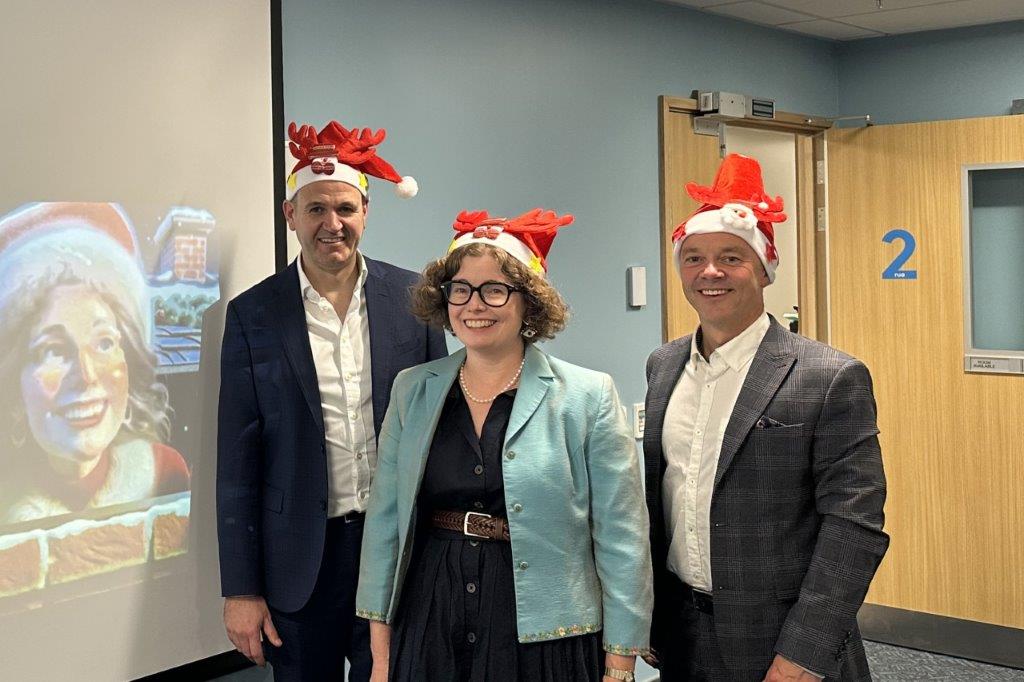Sight saving challenges in the regions
The 2018 Save Sight Society conference opened with a hustle and bustle of registration as more than 100 attendees, including ophthalmologists, optometrists and ophthalmic nurses, had made the trip to Nelson tempted by the conference theme, Challenging Eye Care: Beyond Major Urban Centres.
The local experience
The challenges and triumphs of regional and rural eye care were presented by many individuals working at the coalface, all of whom conveyed their passion for patients and the wider community they serve.
Local Nelson ophthalmologist Dr Antony Suter shared his experience and occasional frustrations of working in Westport, an isolated coastal community on the West Coast of the South Island. Westport has a large proportion of elderly patients, limiting their ability to travel, which together with minimal services in the area, leads to an under-serviced community with high needs. Dr Suter noted that communication between the District Health Boards (DHBs) and specialities was crucial in managing the barriers of distance and isolation.
Invercargill-based ophthalmologist Dr Nic Johnston shared other hurdles which he’d faced when he first joined his historically underserviced and predominantly locum-served community. His perspective of the patient coping with these overburdened services, their suffering, their loss of vision and their anxiety, was a sobering reminder for all who work in eye health. “It is important to make change by talking to the right people in the right way to get the right change!” Dr Johnston reminded the audience, stressing that we all need to work together to improve the quality of and access to eye care in New Zealand.
Wellington’s Dr Kenneth Chan reiterated similar themes and included a fascinating case of ocular cicatrical pemphigoid which highlighted many of the key barriers to healthcare for individuals in non-urban centres.
Making change happen
Alongside these presentations about the challenges, there were many speakers at this year’s conference who discussed improvements, including different approaches to help reduce the resource burden and the power of empowering patients.
Conference convener Dr Rob Jones from Nelson, shared his success with a laissez-faire approach to healing in well-selected oculoplastic cases. His impressive healing outcomes were not only cosmetically acceptable to the patient and surgeon but had the added benefit of not requiring surgical or theatre time; something that’s very important for smaller centres and the increasing demands on the system today.
Dr Derek Sherwood, also from Nelson, reinforced this point with his promotion of the Choosing Wisely campaign*. Choosing Wisely aims to reduce unnecessary testing and treatment in healthcare by eliminating low value care – care which results in little or no benefit to patients, such as extra imaging, where the risk of harm exceeds potential benefits or the cost exceeds proven benefit. The end goal of Choosing Wisely is a culture change to shared decision-making with the doctor and patient both bringing their experience and expertise to the table to question the need for tests and treatment to ensure only those necessary are used.
An exciting change in the landscape of urban eye care is the increasing use of nurse practitioners for intra-vitreal Avastin injections. David Garland, an Auckland-based ophthalmology nurse practitioner, shared the changes his DHB had made to make nurse-led Avastin clinics the norm, with over 90% of injections now performed by nurses. David encouraged other nurses to become nurse practitioners and stressed how important this is given the tsunami of intravitreal injections approaching as our population ages.
Other changes on the horizon
A final exciting topic was the discussion of another tsunami coming our way, the myopia wave, with Tairawhiti DHB ophthalmologist Dr Graham Wilson introducing us to the Myopia Action Group. Though in its founding stage, this group aims to increase awareness of myopia, promote education and ensure easy and publicly-funded access to treatment to provide effective myopia correction and control for all.
One of the key objectives of our Save Sight Society is to improve access, so that advances in eye treatments become available to all and patients with incurable eye disease are given support wherever they are based in New Zealand. This year’s conference was a direct reflection of this objective and evidence of the ongoing work our ophthalmic nurses, optometrists and ophthalmologists do to achieve this goal.
Although there are many challenges faced by eye health providers in New Zealand, particularly for those outside urban centres, there are also many people working to improve access and provide an equitable service for all New Zealanders. As always, the Save Sight Society Conference was an inspiring day that left me encouraged about the future of eye care in New Zealand!
*www.eyeonoptics.co.nz/articles/archive/patients-encouraged-to-choose-wisely/
Dr Samantha Simkin is a therapeutically-qualified working optometrist, a member of the BLENNZ National Assessment Team and the Stevenson post-doctoral research fellow at the University of Auckland. Her research focuses on newborn ocular screening, causes of visual impairment in children and management of children with low vision.










